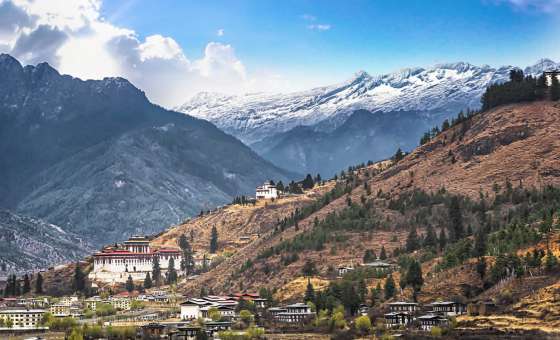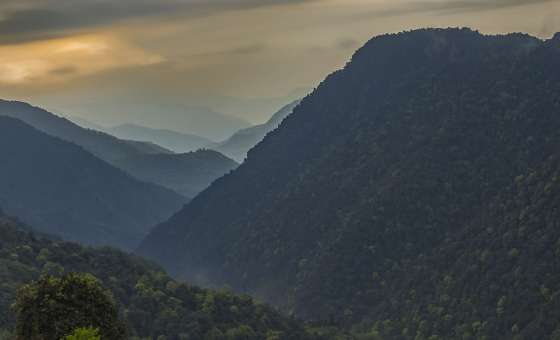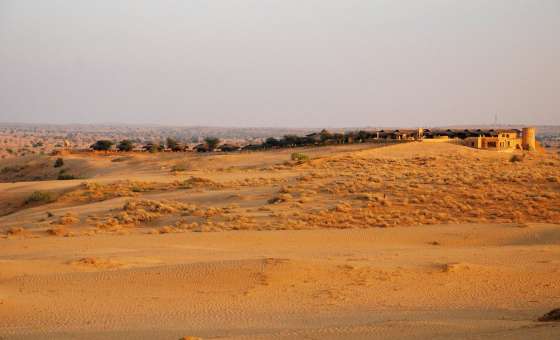Ranthambore, for many decades was the hunting preserve of the Maharajas of Jaipur, covers 98,800 acres, offering a fascinating combination of crumbling monuments, living temples, wild beauty, and a chance to spot a wild tiger. Set within a high, jagged escarpment, the Ranthambhore Fort has towered over the Park’s forests for nearly a thousand years and has witnessed many a bloody combat – even the Mughal Emperor Akbar fought a battle for supremacy here in the 16th century. Ranthambore was declared a wildlife sanctuary in 1955 and became part of Project Tiger in 1973. Its deciduous forests were once a part of the magnificent jungles of Central India.
This is one of the best tiger reserves of the country, known to have "friendly" tigers and chances of sighting one here is reasonably better than many other tiger reserves of India. Along with this Ranthambore has one of the richest flora and fauna making it an absolutely must visit area
Nestled in the foothills of Vindhya and Aravali Hills, Ranthambore is famous for its tiger reserves and the variety of flora and fauna found. The Ranthambore National Park, along with the Ranthambore Fort and the surrounding hills and valleys, altogether make Ranthambore a traveller's delight. The place is a boon for wildlife photographers and is perfect for excursions and sightseeing. Safari Rides add to the adventure along with hot Rajasthani picks for shopaholics. With an area of 392 kilometres square, Ranthambore National Park is a natural habitat for a variety of exotic species. It is an absolute delight for birdwatchers and an ideal place to watch animals in their natural habitat.
Climate
The Ranthambore National Park is open for visitors from October to June. The best time to see tigers is from April to June.
- October - June























